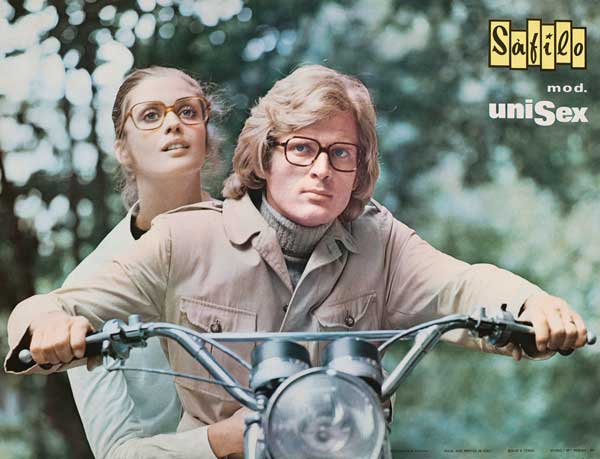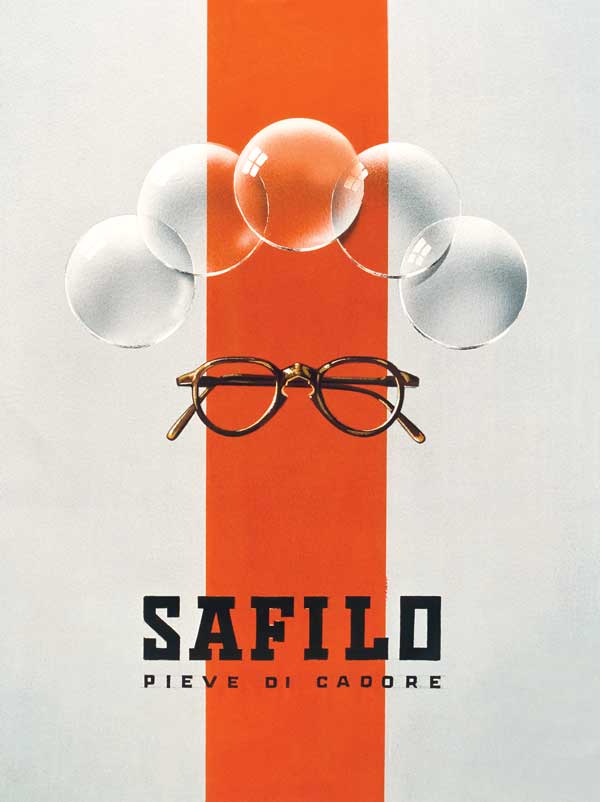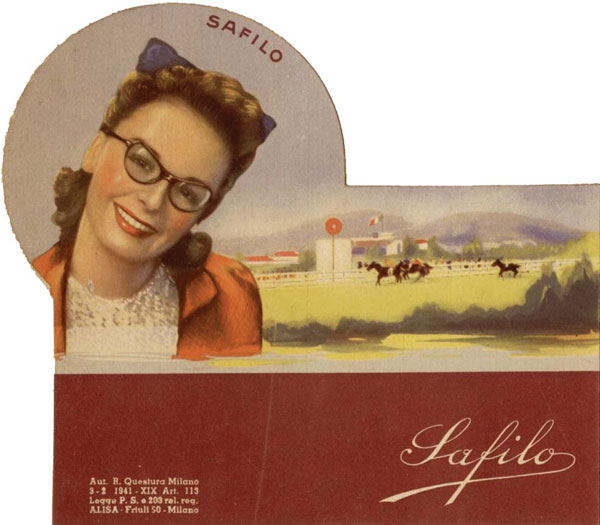The 1930s are described as a glamorous era for fashion, very much influenced by Hollywood, and it was then, 1934 to be exact, that Safilo was established in Cadore, the heart of Italy’s eyewear manufacturing district.
Frames made from celluloid were among the brand’s first creations, offered in two versions – a rounded Harold Lloyd-inspired model and an elongated butterfly-shaped version.
In the difficult times of the German occupation in the 1940s, production was limited to a single model in celluloid that was only available in two colours. Research into technological innovation continued, however.
Register now to continue reading
Thank you for visiting Optician Online. Register now to access up to 10 news and opinion articles a month.
Register
Already have an account? Sign in here




